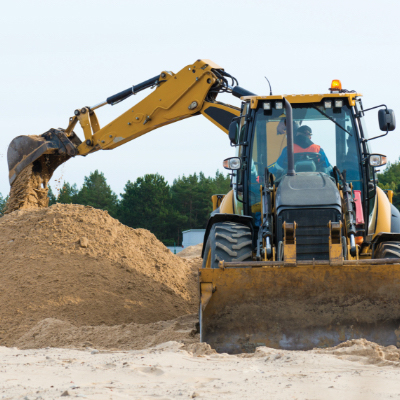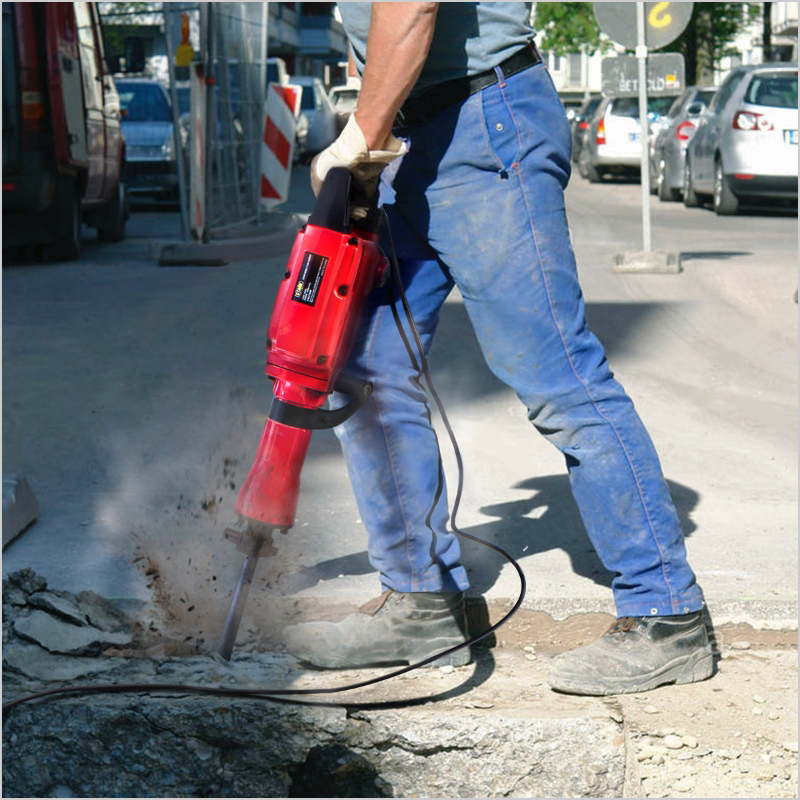Types of Forklifts for the Job Site
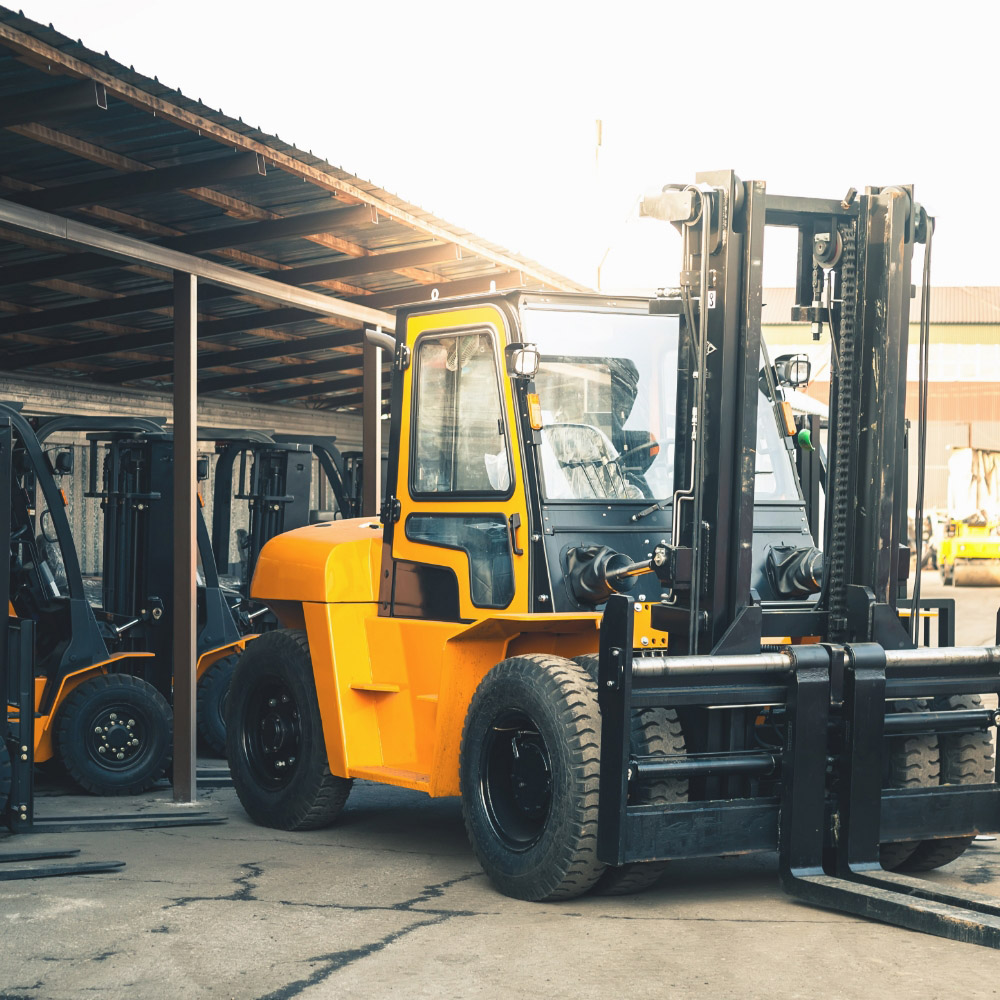
Last updated September 7, 2023
A forklift is an industrial truck used for moving materials across job sites. Forklifts can move loose materials like concrete or transport materials from storage to the job site. Consider forklift rental to save on one-time or short-term costs.
Construction sites, warehouses and farms can all rely on forklifts. This guide reviews the different types of forklifts and their classifications to help find the right one for different jobs.
Table of Contents
Forklift Classes
How Many Types of Forklifts Are There?
The Best Type of Forklift Truck for Each Job Site
More Tools. More Products. More Perks.
Forklift Classes

There are seven classes of forklifts, and each has a different function and application. Forklift classes are useful when browsing forklifts for different work environments and deciding which will work best for your job. Additionally, all forklift operators must know the best practices for forklift safety and be certified for each class of forklift they will operate.
Forklifts are classified according to their uses and the types of fuel they require. For example, some classes of forklift run on electricity to preserve air quality at indoor job sites. Electric power is preferable when carbon emissions or frequent refueling are concerns.
The seven forklift classes include:
- Class 1: Electric Motor Ride Truck
- Class 2: Electric Motor Narrow Aisle Truck
- Class 3: Electric Motor Hand Truck
- Class 4: Internal Combustion Engine with Cushion Tires
- Class 5: Internal Combustion Engine with Pneumatic Tires
- Class 6: Electric and Internal Combustion Engine Tractors
- Class 7: Rough Terrain Forklift Truck
Each classification represents a wide range of forklift models and sizes. Class 7 for example includes vertical mast forklifts, trailer mounted forklifts or telehandlers. Look beyond classification to features like size and carrying capacity to find the best type of forklift for each job.
How Many Types of Forklifts Are There?
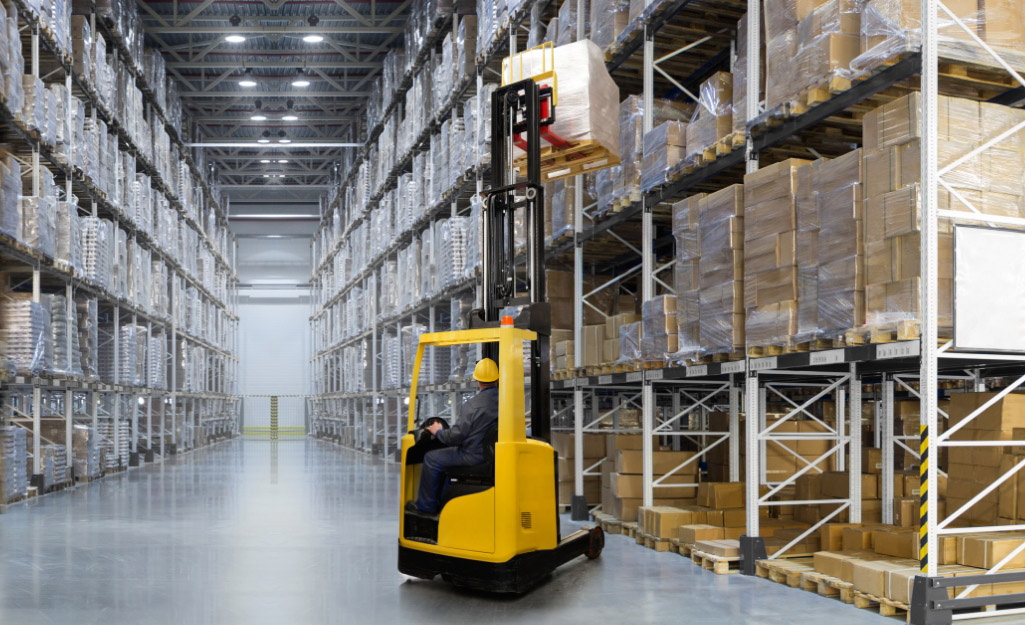
Forklifts are most commonly used to help workers move materials through populated job sites and retrieve palettes from supply trucks or warehouses. The most popular types of forklifts are for industrial settings, but manufacturers offer many different models and sizes.
- Industrial forklifts are the most common and are typically seen carrying palettized material at warehouses, construction and recycling sites. The maximum capacity usually ranges from 5,000 to 40,000 lbs., and some industrial forklifts are counterbalanced to prevent tipping.
- Warehouse forklifts are similar to industrial forklifts in size and capacity, but they also have specialized models such as side loaders. Operators control the truck while facing sideways allowing more spatial awareness in tight spaces.
- Telehandlers, or “reach trucks,” are designed to raise palettes to higher elevations, such as the second floor of a construction site. Most telehandlers have a lower carrying capacity than other forklifts, but even the smallest telehandlers are capable of lifting palettes up to 14 feet in the air.
- Concrete Buggies are smaller versions of typical industrial forklifts and often use dump boxes to carry concrete and other aggregates across job sites. They have a low carrying capacity, but the ability to dump material is preferable when working with sand, gravel, soil or mulch.
Pro Tip: Consider renting a forklift or buggy for short-term jobs like laying small paths of concrete or lifting material to a higher floor.
The Best Type of Forklift Truck for Each Job Site
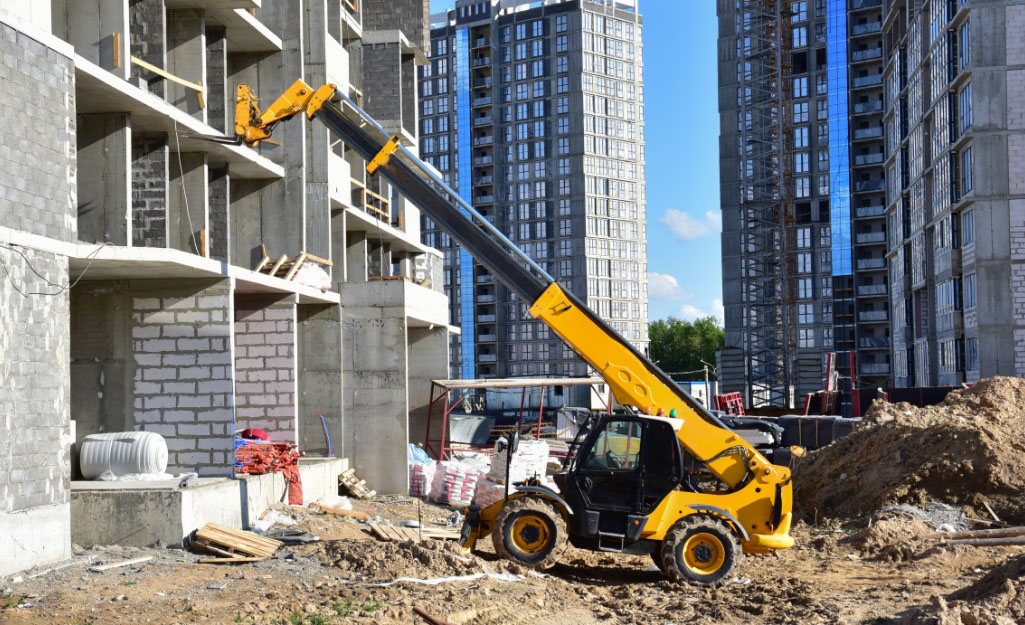
Different industries choose the best types of forklift based in their needs for moving and transporting heavy materials . Forklifts are effective in nearly every work environment with large materials, but they are most commonly found in four major industries.
These industries include:
- Construction
- Warehouse
- Transportation
- Manufacturing
The best types of forklifts for construction are electric or internal combustion industrial trucks. The wide range of carrying capacity and different tire options make these forklifts efficient in most job sites. Some industrial forklifts have a dual fuel option for propane or gas which makes logistics like maintenance and fueling easier to plan.
Warehouses often benefit from forklifts made to handle wide loads and small spaces. Side loaders and counterbalanced forklifts are effective at this, but some situations may call for a more standard truck. Such cases include receiving new inventory or moving palletized material off the floor.
The transportation industry will most commonly require Class 6 engine tractors, as they are better designed for towing than lifting. Airports use them to pull luggage off planes and onto indoor conveyor belts. These tractors are also sometimes found at assembly line locations for transporting materials to the work area.
Manufacturing facilities frequently use forklifts with cabs and pneumatic tires. These forklifts are made to handle outdoor applications and come in different sizes to accommodate numerous palettes and materials.
Forklifts with cabs can be stored outdoors. Smaller manufacturing plants with indoor storage may not need forklifts with cabs that protect against bad weather.
More Tools. More Products. More Perks.
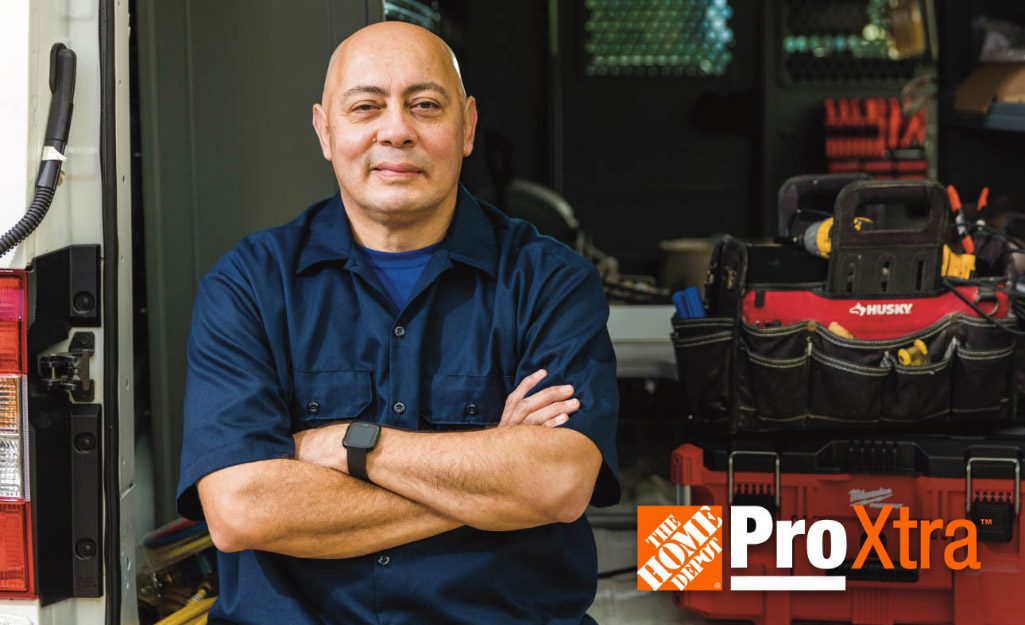
Be more competitive and boost your bottom line with Pro Xtra, The Home Depot’s loyalty program built for Pros. Sign up today to access the enhanced Pro Online Experience, built with the online business tools and time-saving features Pros need.
Build your business with professional grade tool and large equipment rental, including forklifts, excavators, trailers, trucks and more.





